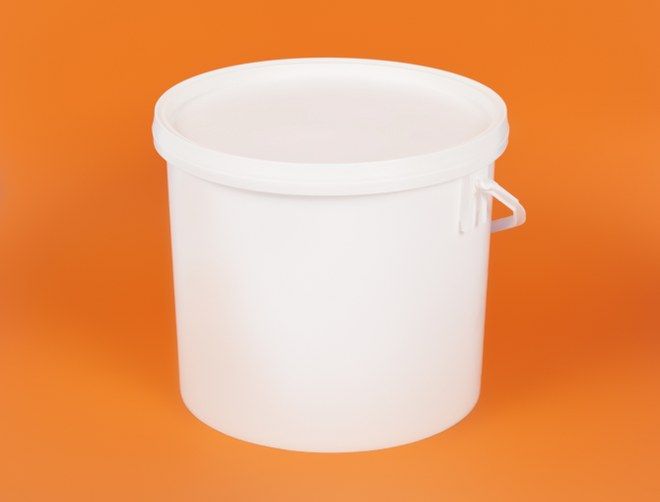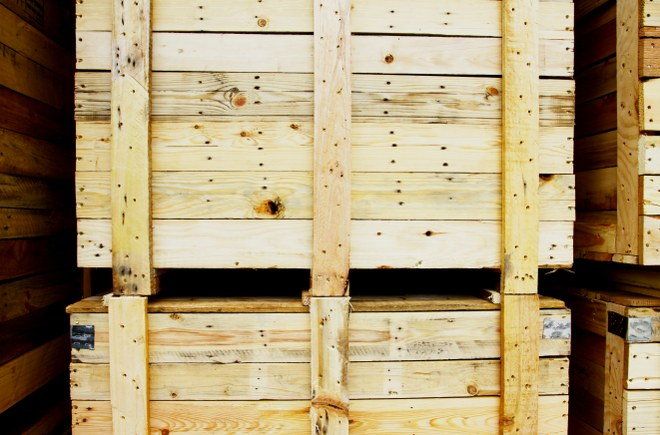How To Move House To Chiswick With Reptiles
Posted on 29/07/2015
Moving House With Reptiles To Chiswick

Moving house to Chiswick can be an extremely lengthy and stressful process without having to worry about a domestic dog or cat – let alone uniquely high maintenance pets such as reptiles. Many people who own these kinds of animals spend so much time worrying about the details of their relocation, like packing, removals and storage, that the needs of their scaly friends can unfortunately fall to the bottom of the list, and the whole ordeal can end up causing more distress for the animal than it ever could for you. Here, you can find a few pointers to memorise for making the big move to W4 as safe and comfortable for your pets as possible.

When transporting reptiles, the first thing to consider is having a sufficiently safe container to transport your reptiles. Deli cups are usually available in enough sizes to comfortably hold any reptile, just make sure they have holes! Deli cups can also lack a certain level of protection, but hard plastic lunchbox containers work just as well. You should also bear in mind that while moving house to Chiswick, W4 your reptile won’t have the artificial habitat your terrarium usually provides. Keep heat and cold packs to hand at all times, in case of erratic changes in the weather. You can find these specially made on online pet shops, or pick up decent substitutes in your local supermarket. You may have some reptiles in quarantine, which should always be handled last in the course of you moving house. Keep your quarantined animals in separate coolers, and be sure to keep any tools, terrariums etc. for them separate from other gear if you have any other reptiles. Carefully put your reptiles one by one in their individual containers, and put a sticky label or piece of masking tape on the top with the breed name and your address in W4, then place an identical label on whatever you’re using to carry the animal’s terrarium and tools.

If you’re moving house to somewhere particularly far away, and have to travel by air, most airlines will take reptiles as cargo. Going with this option is likely to cost more than having your animals shipped beforehand, but is probably going to cause them less stress. Before booking your tickets, browse the websites of some airlines you’re thinking about flying with, as they all have varying regulations concerning the kind of pets they’ll take. Make sure you find and obtain an airline approved carrier for your reptile long before the moving date. For large snakes and iguanas, this could just mean a regular cat or dog carrier. The carrier should be large enough for your pet to move around in, but not so large that it could be injured with turbulence or sharp movements of the plane. This point is especially important, as if your pet is injured during transit, you probably won’t be able to get it proper medical attention until you land. If you’re unsure about your carrier, the airline is a great source of information as they transport all kind of animals every day. Whatever carrier you use, be sure to label it properly. Print “Live animal” along with “keep at room temperature” on the container somewhere visible in large, bold letters. You should also label it with your contact information and new address in Chiswick in case your pet is lost. Travelling by air also requires exceptional organization, as the whole experience will be stressful for your animal. Pack your reptiles last, just before leaving for the airport, and keep stops to a minimum.




